Amsa-dong Prehistoric Site Museum (암사동선사유적박물관)
2.6Km 2023-12-22
875 Olympic-ro, Gangdong-gu, Seoul
The archaeological sites in Amsa-dong, Seoul, were a collective settlement where people lived during the Neolithic Age about 6,000 years ago and became known to the world after the sand dunes along the Hangang River caved in during the great flood of 1925, exposing numerous pieces of comb-patterned pottery. The area designated as a historic site in 1979, and excavation of the site took place from 1981 to 1988. The cultural heritage protection area was expanded to a total area of 78,133㎡. Currently, nine Neolithic dugout huts and one experiential dugout hut have been restored. The exhibitions currently open to the public are Exhibition Hall 1, which displays a restoration of a Neolithic Age dugout, and Exhibition Hall 2, which displays various panels and models to help understand the prehistoric era as a whole.
Archaeological Site in Amsa-dong, Seoul (서울 암사동 유적)
2.6Km 2021-07-27
875, Olympic-ro, Gangdong-gu, Seoul
+82-2-3425-6520
The Archaeological Site in Amsa-dong reproduces the lifestyle of the Neolithic Era. Even the entrance gate is shaped like a huge dolmen and the trash cans are ancient diagonal-line patterned earthenware. Archaeological Site in Amsa-dong was excavated in 1925 when a flood washed away the soil on the banks of the Hangang River and exposed a large number of diagonal-line patterned earthenware. After several excavations, the Archaeological Site in Amsa-dong was established.
The site was a location for a massive colony, thus many ancient buildings, stone axes and stone arrows have been uncovered as well as countless diagonal-line patterned earthenware. The housing site is round with a spot in the center for fire. The site is colossal and possesses nine mud huts, two exhibition halls displaying ancient artifacts and an open mud hut where visitors can experience life in the Neolithic Era. The site offers many attractions such as mud huts and promenades. Archaeological Site in Amsa-dong is also very educational for children and families who want to learn and experience the Neolithic Age.
Seoul Olympic Parktel (서울올림픽파크텔)
2.7Km 2020-04-25
448, Olympic-ro, Songpa-gu, Seoul
+82-2-410-2514
Nestled in Seoul Olympic Park, Seoul Olympic Parktel aims to offer the best service to all visitors. The many guestrooms and amenities like the banquet hall make the hotel suitable for large gatherings, such as interntional conferences and seminars. The business center and fitness club help make Seoul Olympic Parktel stand out as providing the best service.
Hwayang Daebak Chiken 1ho (화양대박치킨 1호)
2.8Km 2021-03-29
47, Achasan-ro 29-gil, Gwangjin-gu, Seoul
+82-2-498-4980
A famous restaurant serving crispy fried sweet and sour chicken (Dak Gangjeong) with delicious sauce. This Korean dishes restaurant is located in Gwangjin-gu, Seoul. The most famous menu is Deep-fried and Braised Chicken.
Gwangnaru Safety Experience Center (광나루안전체험관)
2.8Km 2025-03-29
238, Neungdong-ro, Gwangjin-gu, Seoul
+82-2-2049-4061
Gwangnaru Safety Experience Center was founded in 1999 after two fire accidents in which many children lost their lives. These tragedies emphasized the necessity of establishing a disaster training center for common citizens.
Gwangnaru Safety Experience Center is a three-story building with one basement floor, covering an area of more than 5,000 m². The basement floor includes a small theater. The first floor is set up for natural disaster training and consists of an orientation hall, storm simulation training room, earthquake simulation room, computer tests on fire safety knowledge and others. The second floor is a place for artificial catastrophe training. It consists of a smoke escape training room, fire extinguisher training room, first-aid (CPR) training room and practice place for calling 119. The third floor is used for rescue training and consists of a rescue training room, screening room, training for professionals and video examples of the five biggest disasters that have occurred in Seoul. Overall there are about 20 training areas established, so citizens can experience the imitation of a disaster by themselves and learn easily and in an interesting way how to cope with a disaster.
Junggok-dong Furniture Street (중곡동 가구거리)
2.8Km 2025-03-17
Cheonho-daero, Gwangjin-gu, Seoul
010-5508-0089
Junggok-dong Furniture Street stretches between Achasan Subway Station and Gunjagyo Bridge, hosting a concentration of furniture stores on either side of the main road. This area accommodates a diverse range of furniture stores, featuring well-known domestic and international brands alongside smaller and medium-sized furniture shops. It serves as a convenient destination for customers to compare and purchase various furniture items, including beds, sofas, dining tables, wardrobes, chairs, and interior accessories, all within close proximity. The accessibility to Gunja Subway Station makes it easily reachable via public transportation.
Hanseong Baekje Cultural Festival (한성백제문화제)
2.9Km 2023-09-07
424, Olympic-ro, Songpa-gu, Seoul
+82-2-2147-2800
The Hanseong Baekje Cultural Festival celebrates the history and culture of the Hanseong era of the Baekje dynasty when their capital was in Seoul. The festival is held around the Mongchontoseong Fortress area, known to be a remnant of the Baekje capital. The festival features various folk performances, musicals, family concerts, food, and more.
KSPO Dome (Olympic Gymnastics Arena) (올림픽공원체조경기장)
2.9Km 2025-06-30
424 Olympic-ro, Songpa-gu, Seoul
The KSPO Dome was the arena built for gymnastic events during the 1988 Seoul Summer Olympics, but has been remodeled to host concerts, including for many K-pop stars and international pop stars. The dome can also serve as venue to a range of other events, including showcases, exhibitions, and business events. It is accessible via public transit using Olympic Park Station on Seoul Subway Lines 5 and 9.
Woori Art Hall (우리금융아트홀)
2.9Km 2025-04-01
424 Olympic-ro, Songpa-gu, Seoul
Woori Art Hall is a cultural art space located within Olympic Park, opened in November 2009 after a two-year renovation project from the previous Yeokdo Stadium. The 1,184-seat hall is primarily for musicals, but can also host a range of performances including plays, dance, classical, and modern music.
Olive Young - Gunja Station Branch [Tax Refund Shop] (올리브영 군자역)
2.9Km 2024-04-23
548, Cheonho-daero, Gwangjin-gu, Seoul
-

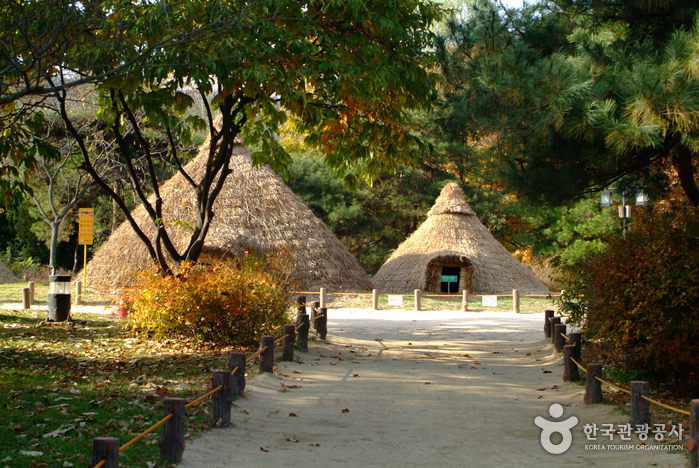
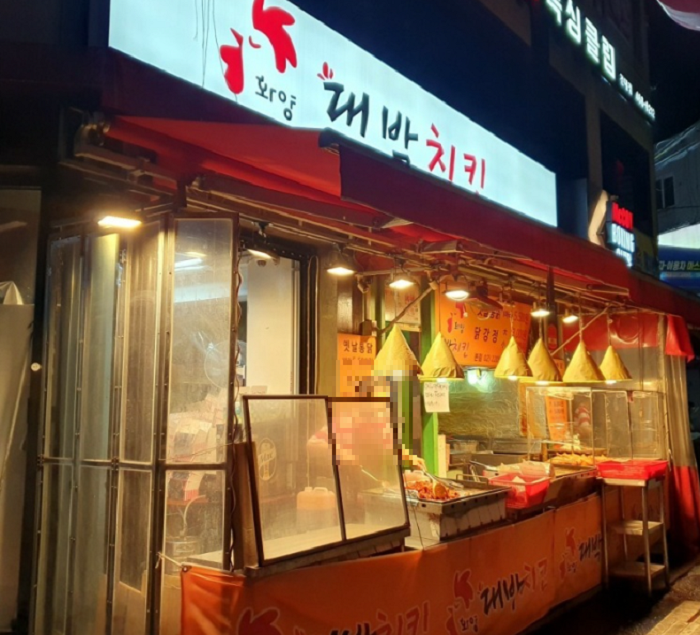
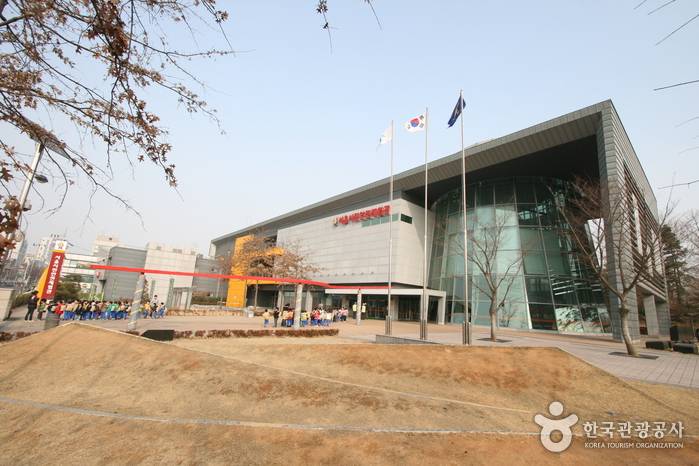
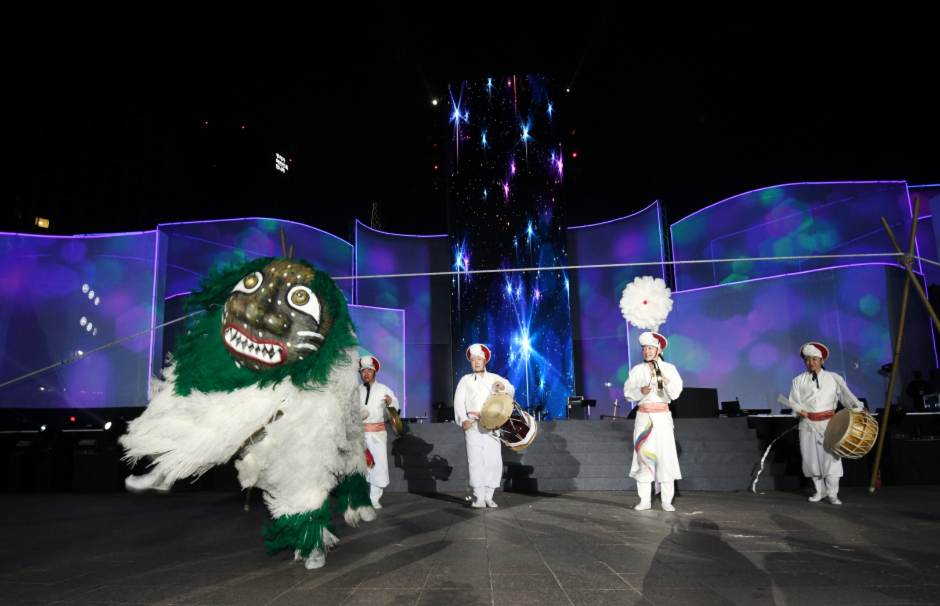
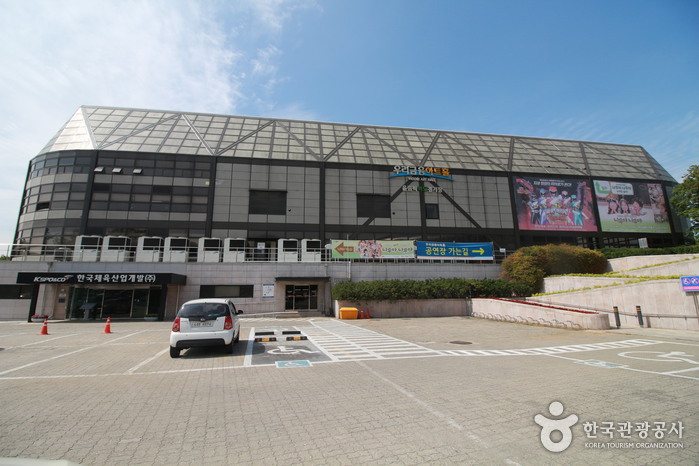
![Olive Young - Gunja Station Branch [Tax Refund Shop] (올리브영 군자역)](http://tong.visitkorea.or.kr/cms/resource/96/2878796_image2_1.jpg)
 English
English
 한국어
한국어 日本語
日本語 中文(简体)
中文(简体) Deutsch
Deutsch Français
Français Español
Español Русский
Русский